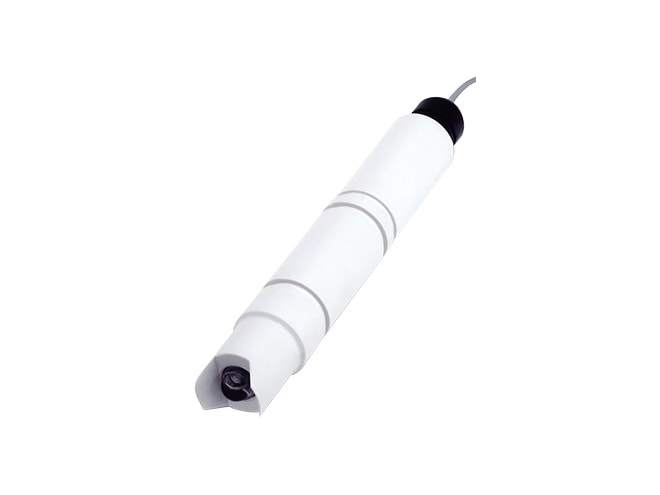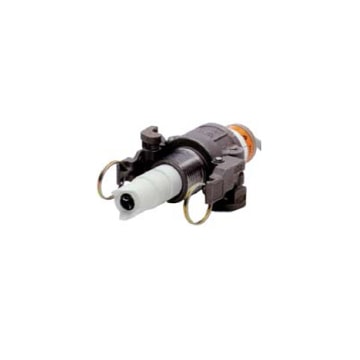
Rosemount Analytical 397 TUpH pH Sensor
Offers long life & high performance in pH & ORP measurements in aqueous solutions with high suspended solids.

Overview
Features
- 32 to 212°F (0 to 100°C) temperature range
- ACCUGLASS, GPHT: 0 to 14 pH range
- 0-100 psig (100-790 kPa abs) pressure range
- pH glass formulation for maximum glass performance
- Longer sensor life
- Excellent performance with high solids content
- Instrument compatibility
- Quik-Loc Kit option
Description
The Rosemount Analytical 397 TUpH pH sensor offers long life and high performance in pH measurments in aqueous solutions with high suspended solids. Model 397 is housed in a highly chemical resistant polypropylene body and is completely sealed with EP (ethylene propylene) to eliminate process intrusion. This TUpH sensor features a large area, polypropylene reference junction for maximum resistance to process coatings that can be found in harsh, dirty, and high solid applications. In addition, the secondary helical reference pathway serves as added protection from poisoning ions.
Model 397 features ACCUGLASS and a large glass bulb that increases resistance to the effects of aging for a longer life. The sensor is specifically designed for use with the Quik-Loc Kit and is only available without an integral preamp. The preamplifier must be in a remote location or integral to the analyzer/transmitter.
The reference junction provides an electrical connection between the reference electrode and the sample, and helps maintain a stable reference potential, regardless of the change in sample pH. The TUpH reference electrode junction and the entire plastic tip surrounding the glass pH electrode maintains a steady reference signal even in the dirtiest of applications because it resists plugging (a common cause of pH signal drift). The TUpH reference junction technology has been field-proven for minimum maintenance requirements.
The TUpH helical reference pathway stops reference poisoning. Ions diffuse through the reference pathways and a charge is passed to the reference element. The reference element must be protected from contamination by poisoning ions such as sulfide, mercury, cyanide, and ammonia or else the pH signal will drift. The TupH sensor's long internal helical reference pathway hinders and slows down the rate of contaminants migrating to the reference element therefore providing for a longer sensor life.
Documents
Accessories
Cables
Mounting Bracket
Solutions
Accessories
Please consider these optional accessories.
Applications
This product can be used in the following applications:
Need Help? Call a Flow engineer at 1-800-884-4967
We're open Mo-Th 8am to 5:30pm. Fr 8am to 5pm ET







